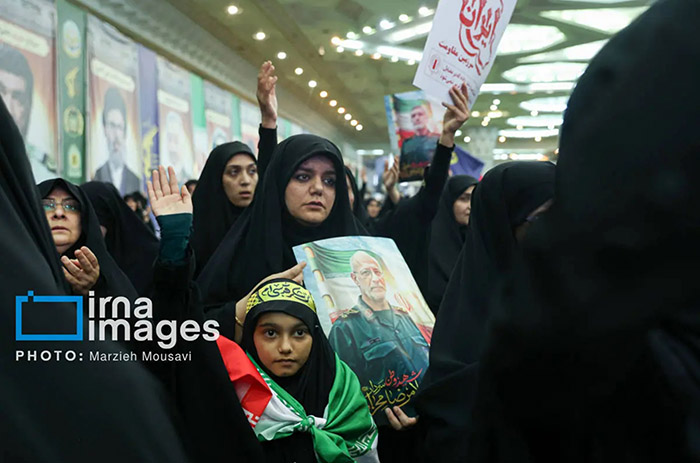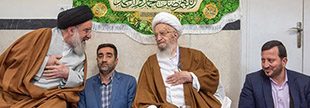A Shift in Strategy?
Since the early 2000s, Iran’s nuclear ambitions have been the subject of international scrutiny and negotiation. The Joint Comprehensive Plan of Action (JCPOA), signed in 2015, was supposed to be a diplomatic solution to prevent Iran from developing a nuclear bomb in exchange for sanctions relief. However, when the U.S. unilaterally withdrew from the deal in 2018 under President Donald Trump, Tehran gradually scaled back its commitments. Enrichment levels increased, surveillance mechanisms were reduced, and the IAEA was increasingly restricted in its access.
The latest strikes appear to have accelerated that trend. By suspending cooperation with the IAEA, Iran is sending a powerful message that it no longer sees benefit in transparency. “If the international community believes it can strike Iran without consequence, then Iran may believe it has nothing left to lose,” said Dr. Hassan Elahi, a former advisor to the IAEA.
Indeed, many analysts now believe Iran may opt to deepen its nuclear work underground, away from satellites, inspectors, and prying eyes. The Fordow facility, for example, was built under a mountain precisely to withstand airstrikes. Some reports suggest Iran may now begin developing similar hardened sites—or even move critical components abroad, to allied territories in Syria or Lebanon.

